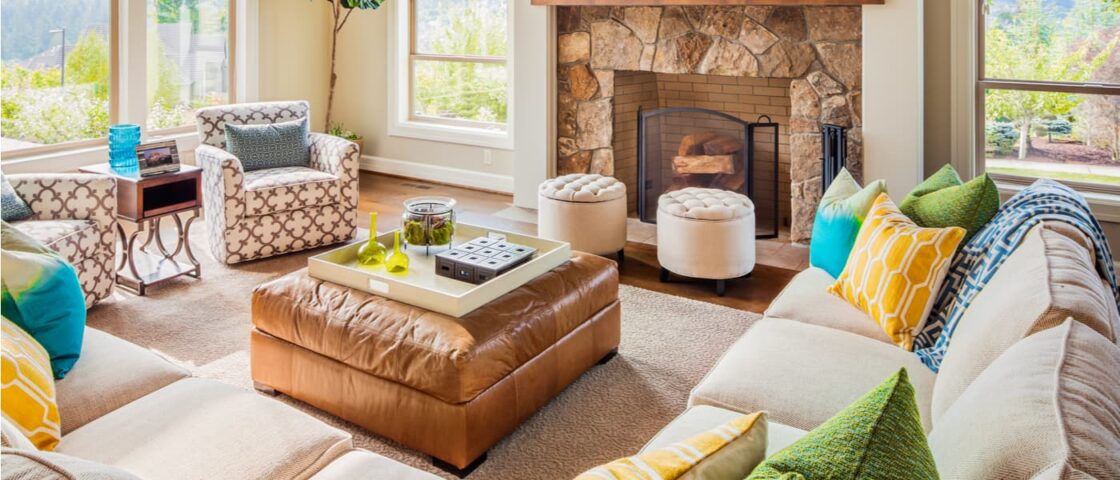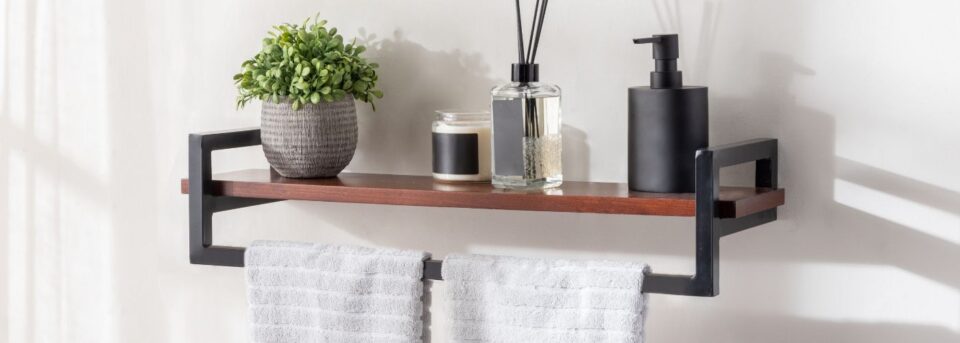2022 Home Staging Statistics

1. Homes staged with furniture spend 73% less time on the market than non-staged homes.
The more you learn about the benefits of home staging, the easier it is to see how staging can help sell your home. This statistic is based on a survey by the National Association of Realtors that showed homes staged with furniture spent 73% less time on the market than non-staged homes. That means while unstaged homes spend an average of 90 days on the market, staged homes are sold in only 30 days.
Realtors recommend staging as a selling point for homeowners and cite its proven effectiveness as one of many reasons to stage a home. When you meet with your realtor, be sure to ask them what their thoughts are on including home staging in your marketing strategy and make sure they address any questions or concerns you have about this process before they list your home.
2. 97% of buyer’s agents said staging a home makes it easier for a buyer to visualize the property as their own.
A buyers’ agent is a realtor who works for the buyer, helping to find and negotiate the purchase of a home. When staging a home, it’s good to know what these individuals think about its value for their clients. In fact, 97% of buyers’ agents said that staging makes it easier for a buyer to visualize the property as his or her own. For example, when you’re trying to sell your house, which is decorated in all shades of pink and tastes like bubblegum ice cream (which is the best kind), buyers’ agents may want to see how your home could look if they were living there instead—i.e., without so much pink and bubblegum ice cream taste.
It’s important to remember that while realtors are responsible for staging costs if they list your house at a higher price than you wanted initially, this is not true in cases where they are working directly with buyers rather than homeowners selling their homes.
3. Home staging can increase a home’s dollar value by 1 to 5%.
Staging a home can increase its dollar value by up to 5%.
So if this is your first time selling a home, you may be wondering: what does that look like? Well, say you have a home worth $100,000. A 5% increase would mean selling it for $105,000. Not too shabby! And even if the staging only brings in an additional 1%, you’d still see an extra thousand dollars from the sale of your home, which isn’t bad at all.
When considering all the costs associated with moving (i.e., fuel for the moving truck or UHaul and snacks and meals on the road), every little bit counts!
But why exactly is hiring a professional stager better than trying to stage your own home?
4. The National Association of Realtor’s research confirms that 95% of staged homes sell at or above the listing price.
This is a pretty high percentage, don’t you think? Especially when you take into account that the average home sells at 95.5% of its list price (according to the national median). This statistic shows that staging can give your home an edge, even in a seller’s market.
5. Staging won’t work for every type of home. (incl. modern, mid-century, contemporary)
Oops! Click Regenerate Content below to try generating this section again.
6. West Coast stagers are more likely to stage bathrooms than East Coast stagers are, 68% vs 56%.
Why is it that West Coast stagers are more likely to stage bathrooms than East Coast stagers? Some may say that the warmer climate of the West provides a need for more showers. Others may say that 50% humidity and freezing temperatures are what causes people in the east to be less hygienic than those in the west. Regardless, West coast stagers are more likely to stage bathrooms than East Coast stagers, 68% vs 56%.
7. When selling a vacant home, stagers aim to keep the price below $300 per month for rentals, and when selling an occupied home, they aim for $100 per month for rentals.
To stage your home, a stager needs to secure furniture. They may use their own furniture, but it is most common for stagers to rent furniture from rental companies and install them in the property. Rental companies will often take care of delivery and set up for a fee, though sometimes you’ll need to pay extra for other services such as cleaning. The average price of renting furniture ranges from $100 to $300 per month, depending on the size of the home and how much furniture is needed.
8. 48% of real estate agents said staging has become a critical part of their marketing strategy from the results of surveys that were sent out by the National Association of Realtors in 2018
Staging is important enough to real estate agents that they’re starting to invest in it.
In 2018, the National Association of Realtors sent out a survey about home staging. From the results, 48% of real estate agents said that staging has become a critical part of their marketing strategy. This means that most realtors are aware of how important staging is to selling houses faster and at a higher price.
9. About 25% of home sellers don’t think they need to stage their residence and believe potential buyers will see its innate potential regardless of how it looks right now – and only 13% hire professional stagers in their area to help them with this task.
The main takeaway here is that home staging is not just for high-end properties. Of course, it’s going to be more important if your property costs $500,000 or more (since you’re going to get a higher profit on the sale price), but the difference between a properly staged home and one that could use some work is exponentially greater when we’re talking about a half-million-dollar property versus one listed at $200,000. It’s always worth it to get your home ready for sale. That means decluttering and cleaning up, making minor repairs as necessary (replacing old outlets, patching holes in walls, etc.), and taking care of any bigger projects that might distract potential buyers from seeing the true potential of the home. If you have time and money on your side, consider hiring a professional stager to help make sure you get the most out of your home when staging it for sale.



